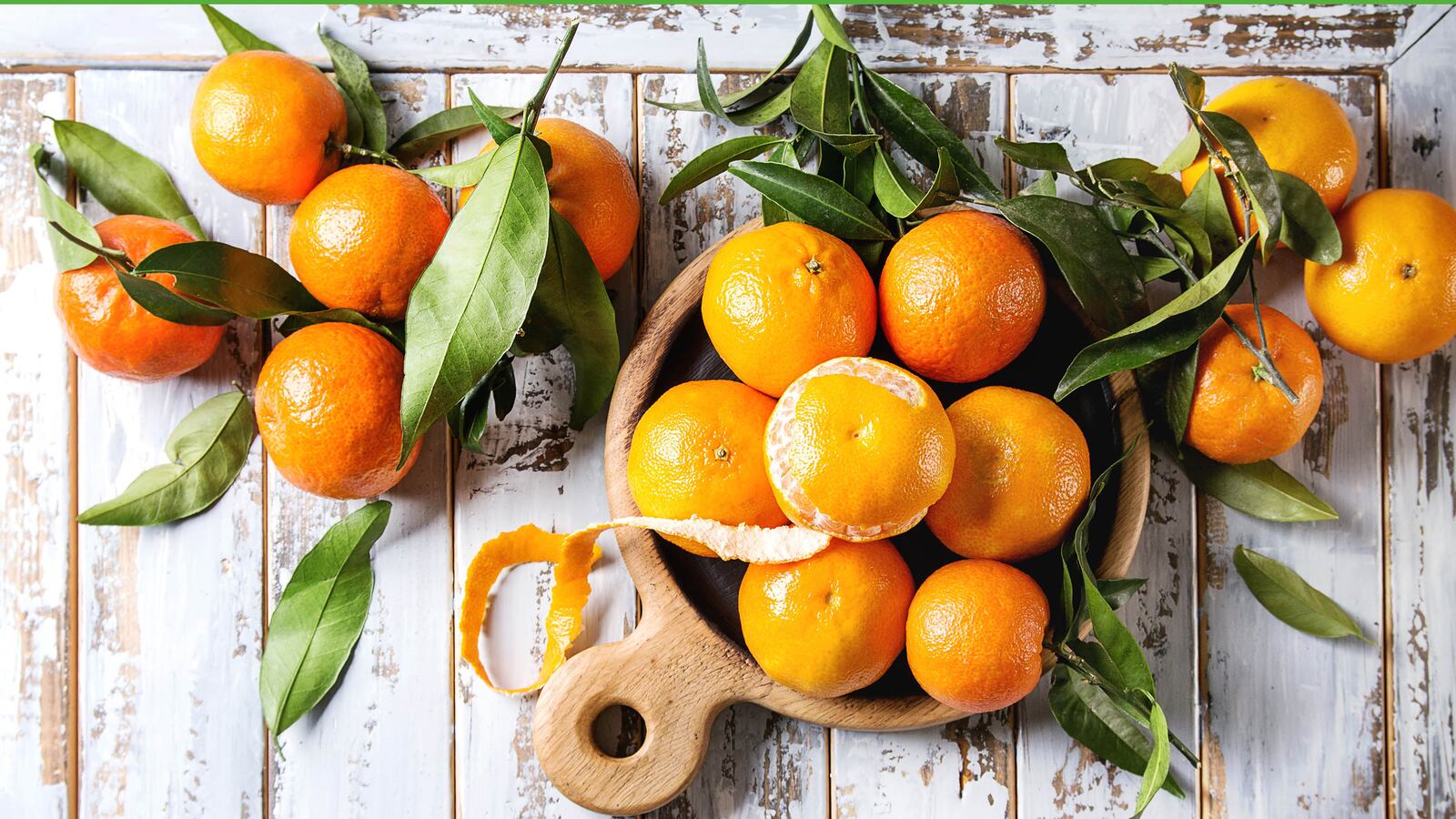Winter citrus is a small, affordable luxury. Citrus brings a burst of sun-filled energy and a taste of warmer climates to the dreariest of winter days.
It only seems right that the coldest months are the best ones for buying citrus fruits. Every batch of groceries I now purchase usually includes a bag or a box of clementines. In the bleakest months, my family seems to live off of those small, sweet yet tart, thin-skinned mandarins, as well as the occasional blood orange, kumquat and grapefruit.
I took note, however, of the peels being swept off the counter day in and day out. There must be something to do with them besides throwing them away. (They’re no good in compost, where the acidity is bad for worms and they take too long to break down.) With the weak winter afternoon sunshine trickling through my kitchen windows it seemed criminal to throw away these flavorful fruit skins.
The problem is that I never have many peels at one time, which rules out many of the traditional uses for them, including candying or dipping them in chocolate.
One day, as I was munching a clementine, I started thinking about making oleo-saccharum to put all of these good citrus peels to use. It’s an age-old idea in which you extract the essential oils from the citrus into sugar. (Usually, you just mix a couple cups of sugar with the peel of a lemon, let it all sit overnight and let nature do the work.) The resulting flavored sugar is a key ingredient in traditional punch, maker of excellent lemonade and bedrock of a mind-blowing Old-Fashioned. But my daily little piles of peels never seemed like enough to make a substantial batch.
There are certainly no cocktail parties in the time of corona and without cocktail parties it’s really difficult to justify the peeling and zesting and squeezing of piles of fruit. I like to imagine myself with a bottle of brandy and a bottle of rum tipped up and glugging into a punch bowl, but like cooking for a group of eight, it’s going to stay a figment of my imagination for the foreseeable future.

So, I asked the author of the groundbreaking book, Punch, my fellow Half Full columnist David Wondrich, if I could make oleo-saccharum a little bit at a time by adding a peel or two every day. To be honest, I wasn’t sure what Dave would say or if he would just laugh at me.
Fortunately, he didn’t think it was a crazy idea and just advised that I only use the zest and no pith. To be exact, he said “shave the pith off of ’em!” He could see no reason why I couldn’t build an oleo over the course of a week in an old-school mason jar.
That day I started one.
Thinking of how I might build a lasagna, I put a layer, maybe a quarter of an inch thick, of good turbinado sugar at the bottom of a wide-mouth 16- ounce mason jar and then carefully fanned out a single layer of well-trimmed clementine peels across it.
Trimming the zest turned out to be a breeze—those leathery skins are so easy to work with—and since I was dealing with a byproduct, I didn’t mind tossing the pieces that weren’t easy to trim. The pith makes things bitter, and while I don’t mind some pithy bitterness in a cocktail if I’m drinking it right away, I’m pretty sure that over the course of a week the bitter pith would become overwhelming in my oleo.
Having spread my peels out, I spooned a little more sugar on top and slid it into the fridge. Whenever my wife and I shared a couple of clementines in the kitchen I would repeat the process, pushing slightly on the top of the sugar, but not really muddling it, just sort of packing it in. When I made a salad, I added the zest of half a lemon. Within a few days, the jar smelled wonderful and had a thick extraction of citrus oils on the bottom. I kept going, adding more until the jar was a little more than half full.
I didn’t wait long to start digging spoonfuls out of the jar. The espresso I drink every afternoon is now kissed by a subtle citrus fragrance.
Soon after that, the bottle of Old Overholt Bottled-in-Bond fairly leapt into my hand, and I mixed a few dashes of Scrappy’s Aromatic Bitters into the citrus sugar at the bottom of an Old-Fashioned. The citrus played a background note, but it was there, adding complexity and intrigue.
The citrus oils of the mandarin are to my nose reminiscent of the bergamot aromas in Earl Grey Tea. That realization led me to think I should make some tea with my special concoction, so I did. I put about a third-of-a-cup of orange sugar in a pitcher with two tea bags and poured in 16 ounces of hot water. I drank a little bit hot and then slid the rest into the fridge in a bottle. That decision led to my favorite use of the oleo so far.
Thinking back to my initial conversation with my esteemed colleague Dr. Wondrich, I realized that the tea in my fridge was perfect for punch. Back in 2007, Dave published a punch recipe in Saveur that was one-to-one black tea and rum, with sugar and lime juice. I took two ounces of my sweet orangey tea, the juice from a wedge of lime and an ounce each of bourbon and aged rum and shook it with ice. I poured the drink unstrained into a lowball. (Feel free to serve it over fresh ice or to use only one type of spirit. I tried a couple of variations and this was my favorite, but that doesn’t mean it’ll be yours.)

The resultant punch-for-one has hints of caramel and tobacco. Floating around on the nose is this beautiful citrus rush, which not only makes me think of warmer days but also of the sort of household economy celebrated in M.F.K. Fisher’s magnificent book, How to Cook a Wolf.
My jar of citrus sugar is almost empty now. I’m going to grind up the rest of it and the leftover peels in my food processor. I’ll use that in my morning pancakes.
- Start with 2 tablespoons of sugar in the bottom of a 16-ounce wide-mouth mason jar.
- Fan across the sugar the peels of two clementine oranges, trimmed of pith.
- Top with a heaping tablespoon of sugar.
- Cover and refrigerate.
- Repeat, layering citrus peels and sugar, and pressing gently on the top of the mix with a muddler or the back of a spoon, but allowing the layers to remain.
- Within a couple of days, you’ll see oil wetting the bottom layer of sugar. Stop anytime or continue adding—once you see the oils, you have a usable product, which will last at least a week in the fridge.








